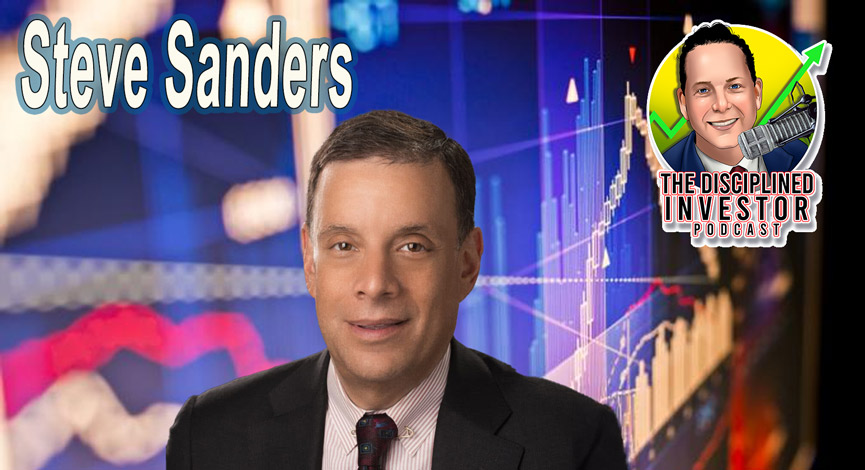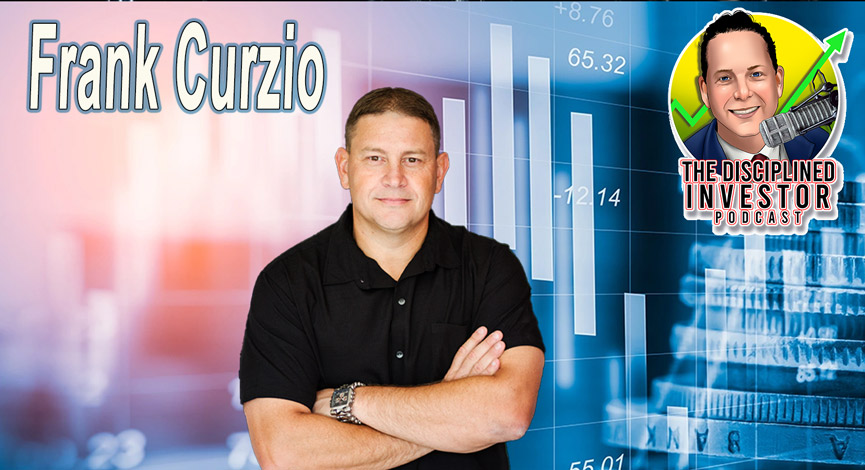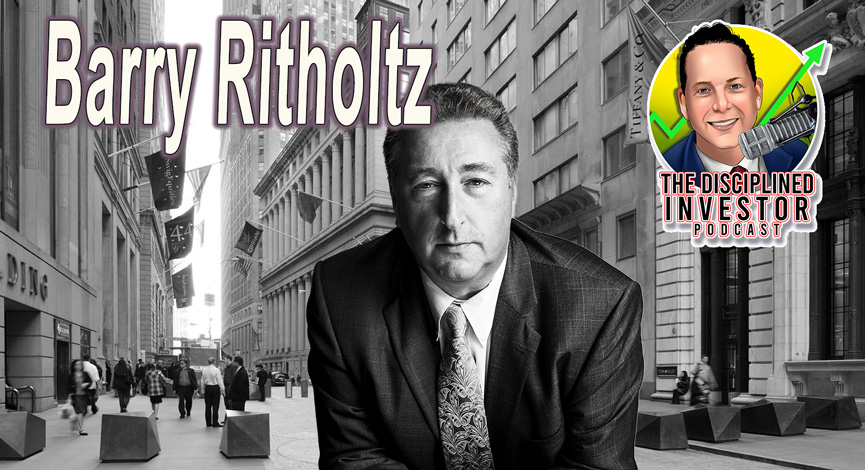The Fed is going to provide some form of guidance today. What is will be regarding is the question which will surely focus all eyes on each word spoken by Ben Bernanke. Many are hoping that the Federal Reserve bail-out the credit markets and provide a soothing effect. There are those that are even pleading for this. Either way, this will be a “fun” day to watch the ticker.
There are three possible tools that the Fed can use in order to regulate the economy. While most think that the discount rate is the magic wand, the other two tools are just as effective even though they hardly ever in the spotlight.
Today, it is less likely that we wil see a rate cut even though many are hoping. (see table towards bottom). Yet, it would seem that there could be a rise in use of the open market operations. Liquidity is the main problem these days as credit companies are shutting down and others are restricting lending operations.
Policymaking
– Federal Open Market Committee
Policy tools
CNN Reports: “…The Fed is in a tough spot. The financial markets have been rocked in recent weeks on credit concerns, namely that the problems in the mortgage market may not be isolated to subprime borrowers. Several hedge funds and large banks have run into trouble because of exposure to subprime loans.
The fear now is that this could be just the tip of the iceberg in terms of loan problems.”
Lawrence Meyer, interviewed on CNBC this morning noted that there should be a significant change in Fed policy in the form of comments over action, he went on to explain that,” there will be a change in the first sentence of the policy statement to elevated downside risk to growth rather that inflation being the main concern.”
Aaron Gurwitz, co-head of portfolio strategy at Lehman Brothers Investment Management, said that while he would be surprised if the Fed were to adjust short-term interest rates, the central bank could indicate it stands ready to provide liquidity should credit markets seize up. He noted, however, that the repricing of credit that’s occurring in the markets isn’t something the Fed would likely want to stand in the way of.
“I think it’s a short-term problem,” he said. “I think that the uncertainty in the credit markets, the worries about a liquidity crisis that has to be dealt with, is a risk to the financial markets””but I think it’s a long way from being a risk to the macro economy or the ability of most companies to make money.”
According to the Chicago Board of Trade: “Based upon the August 6 market close, the 30-Day Federal Funds futures contract for the August 2007 expiration is currently pricing in a 12.4 percent probability that the FOMC will decrease the target rate by at least 25 basis points from 5-1/4 percent to 5 percent at tomorrow‘s FOMC meeting (versus a 87.6 percent probability of no rate change).”
Historic futures Summary Table
July 31: 92.6% for No Change versus 7.4% for -25 bps.
August 1: 92.6% for No Change versus 7.4% for -25 bps.
August 2: 92.6% for No Change versus 7.4% for -25 bps.
August 3: 87.6% for No Change versus 12.4% for -25 bps.
August 6: 87.6% for No Change versus 12.4% for -25 bps.
August 7: FOMC decision on federal funds target rate.
Basically, there are two lines of thought that are converging towards this meeting. One, says that the Fed should let the markets adjust and absorb the current sub-prime issues and only step in if it becomes an apparent disaster, while others believe that it is the Feds job to move ahead and to stabilize before anything gets worse.
Again from CNN, Steve Van Order of Calvert Funds commented, “In June, the Fed said “the adjustment in the housing sector is ongoing.” But Van Order added that the Fed could reassure investors by saying that it expects the problems in housing to be “contained” and will not have a major spill-over effect on corporate loans.
“The Fed does not want to send a strong signal to the market that it’s worried,” Van Order said “Right now, the Fed will want to be careful. It doesn’t want to seem unrealistic but it also wants to show that it’s in a wait and see mode. They may not want to mention something about corporate credit now.”
“The less the Fed says, the better,” he said.
















